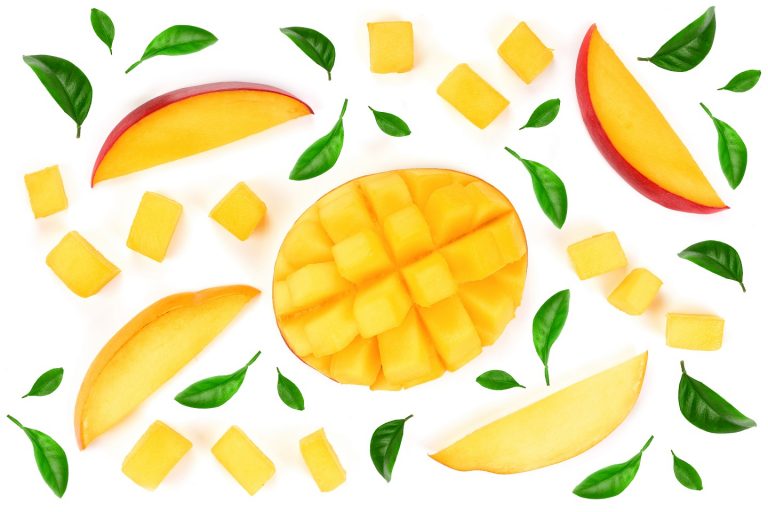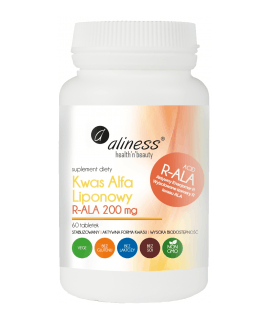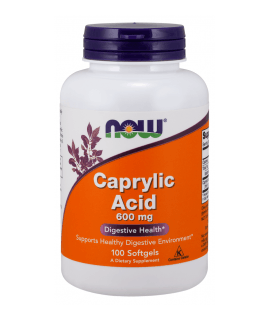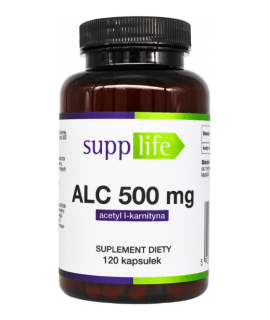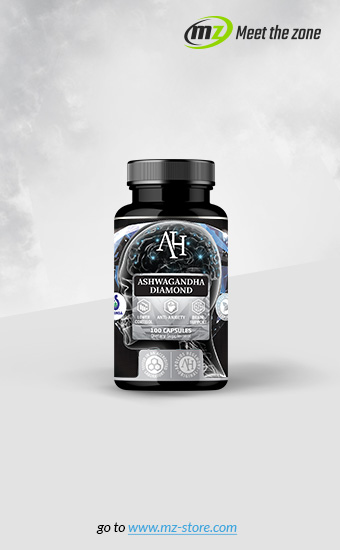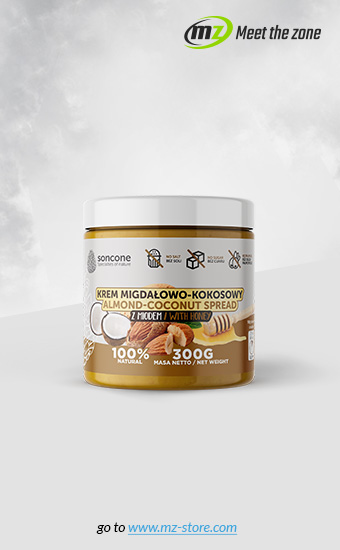Mango is an exotic fruit whose properties and nutritional values were already appreciated 4,000 years ago in India. It arrived in Europe in the 16th century, but only recently have scientists carried out numerous studies showing that mango can prevent the development of some cancers, as well as lower blood sugar and cholesterol. In addition, it will relieve sore throat and hoarseness. Check what other effects mango has.
- What is Mango?
- Mango can inhibit the development of breast and colon cancer
- Mango can prevent metabolic syndrome
- Mango should not be consumed by people with kidney stones.
- African Mango - Fat Conqueror?
- Mango can cause allergies!
- Mango juice for sore throat
- Mango - use in cosmetics
- Mango - use in the kitchen. How to buy and eat mango?
- How to peel and cut mangoes?
What is Mango?
Mango is an exotic fruit that comes from India, where it has been grown for over 4,000 years. In the Indi culture, it is called the fruit of the gods. Europeans got to know its extraordinary taste only at the beginning of the 16th century - during great geographical discoveries. Mango is currently grown in tropical regions of America, Africa, Australia and Oceania, as well as in Europe.
Mango can inhibit the development of breast and colon cancer
Substances that contain mangoes can inhibit the development of breast cancer and colon cancer. The mango extracts were tested on various cancer cells - lungs, leukaemia, prostate, and breast and colon. It turned out that they most effectively inhibited the growth of the cells of these last two cancers through their apoptosis (cell death) while not affecting healthy cells. All thanks to the content of polyphenols (especially gallotannins). However, in the case of other cancers, the effects were weaker.
Mango can prevent metabolic syndrome
According to research that was presented at the meeting of the Federation of American Societies for Experimental Biology (FASEB), eating a mango every day can help lower blood sugar, even though it is high in sugar. However, the studies have been done in mice, not in humans, but the results still give hope to those with type 2 diabetes.
Mango should not be consumed by people with kidney stones.
In addition, eating mango helps reduce insulin resistance and improve glucose tolerance - argue scientists from the University of Oklahoma State and add that thanks to this exotic fruit is also regulated lipid levels, and thus - reduces the risk of developing cardiovascular diseases.
In addition, mango contains a lot of potassium, thanks to which it lowers elevated blood pressure.
Thus, eating mango can reduce the risk of developing metabolic syndrome, which includes elevated triglycerides, cholesterol, blood sugar, and blood pressure.
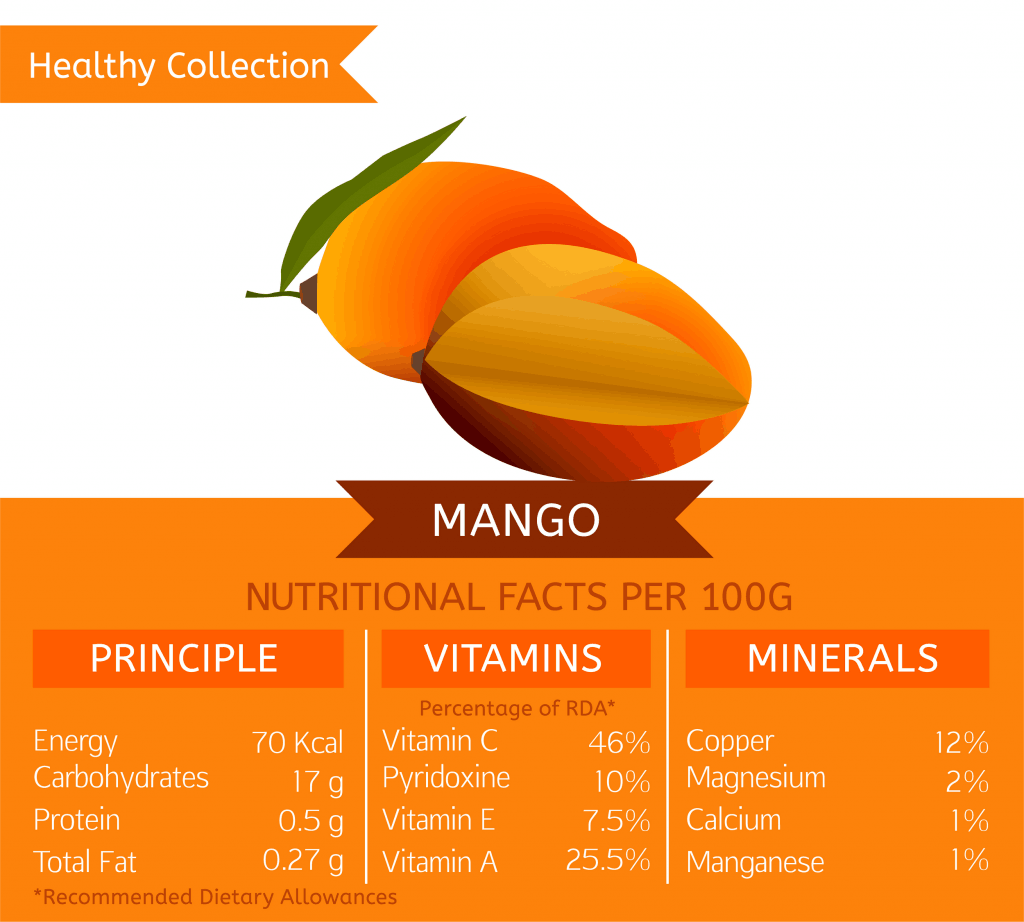
African Mango - Fat Conqueror?
According to research by scientists from Cameroon, African mango seed extract allows you to quickly get rid of excess weight. Currently, this extract in the form of tablets is a hit among dietary supplements for slimming in the USA.
However, other scientists are sceptical about these reports. They argue that the supplement is no discovery. The seed extract of this exotic fruit contains fibre, which has long been known for its slimming properties. In addition, it is not 100% sure that its use is completely safe. The extract contains large amounts of fibre, so you need to examine whether this dose will not interfere with the absorption of essential minerals and nutrients and the proper intestinal peristalsis. For now, it is known that the use of the supplement can also cause side effects.
Mango can cause allergies!
Mango can be a cause of allergy. Allergy sufferers may experience skin irritation, swollen lips and a rash shortly after eating the fruit. In extreme cases, there may even be anaphylactic shock.
Mango juice for sore throat
Mango juice will accelerate the regeneration of the irritated throat, and help alleviate pain and burdensome hoarseness.
Mango - use in cosmetics
Mango oil has moisturizing and regenerative properties, which is why it is recommended for dry, mature skin. Currently, oil is often a component of creams and balms, as well as shampoos and hair conditioners.
Mango - use in the kitchen. How to buy and eat mango?
Good, ripe mangoes should have shades of green, yellow and red (beware of those green or too red) and be soft enough - just press the fruit with your finger - the flesh should bend. In addition, the skin should be firm and non-sticky. The good quality mango is also evidenced by the pleasant smell at the end of the peduncle.
Ripe mangoes have an orange-yellow, sweet, very juicy and thick flesh that literally melts in your mouth. Thanks to this, it can be a component of refreshing fruit salads. It's best to sprinkle them with lime juice and ginger, with which mango goes very well. In addition, it can be an addition to cakes, e.g. cheesecakes. Also suitable for starters made of ham, crayfish, salmon and meat dishes. In Latin America, on the other hand, mango is often seasoned with chilli, salt or soy sauce.
How to peel and cut mangoes?
Purchased mangoes should be thoroughly washed under running water.
To peel mangoes, you need to put the fruit in an upright position with the tail down. Then hold the fruit and cut the wider sides by sliding the knife along the stone. Then cut the pulp cut in this way, simply cut it into a check, and then turn the skin with the cut pulp to the left. Mango cubes should separate themselves. Now all you have to do is cut the flesh cubes away from the skin. The remaining parts of the fruit should be cut off from the stone.
